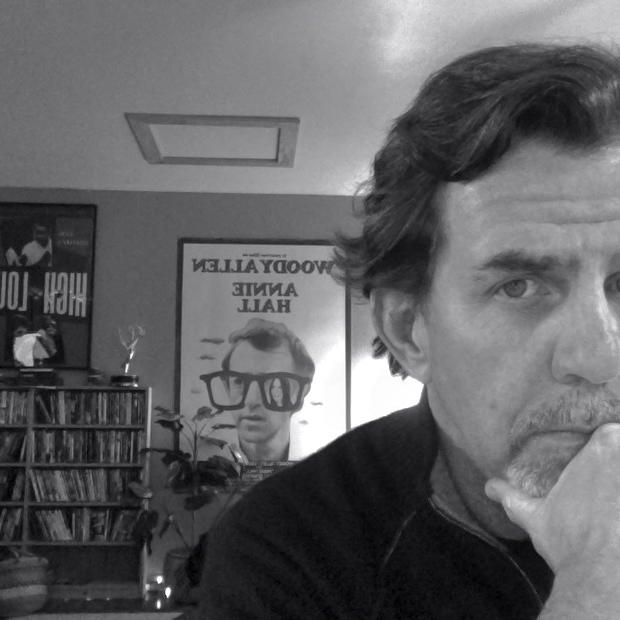Manakamana is the name of a sacred Hindu temple in central Nepal. It is perched atop a mountain, reachable by a modern cable car which whisks pilgrims and tourists a mile and a half up and down the hillside, cutting what used to be a three day trek down to a 10-minute roundtrip.
Manakamana is also the name of a documentary which captures this journey eleven times in eleven shots; each one lasting the length of the ride, each viewed from the same locked down medium shot with the camera gazing objectively at each new set of passengers. There is no music, no narration, no wide shots or close-ups. The only sound is the hum of the car, the rattle of the cable, the grinding of gears and the conversations of the riders. It sounds like a total bore, I know. Except it is anything but.
Manakamana might be the most invigorating film you’ll see all year, a work of both hypnotic calm and ecstatic imagination.
The 10-minute duration of each shot also happens to be the equivalent of a 400 foot magazine of 16mm film, the medium chosen by directors Stephanie Spray and Pacho Velez to conduct this supremely formalist experiment. At the end of each run, the car rotates slowly into darkness, fading to black, before emerging again with a new set of riders.
The film is split in half, with the first hour depicting rides up to the temple and the last hour featuring the return. The passengers were obviously instructed not to look at the camera or engage with the filmmakers. Spray explained in the press notes that she has lived in Nepal off and on for 16 years, and that her “cast” was selected from members of the community she knew would be comfortable in front of a lens.
But the rigid rules the directors laid down for themselves end at their choice of camera and other logistical practicalities. Beyond the technical restrictions, Manakamana reveals a world of spontaneous possibilities, all contained within the expressions, the posture, the idle conversations, even the clothing and accoutrements of human beings. The filmmakers exploit the euphoric unpredictability of their sitting subjects by allowing viewers to simply watch and listen, free of the manipulative devices of cinematic engineering.
With the lush jungle background acting as rear projection and the clacking of the car through each transport hub as soundtrack, we observe a trio of older women chatting idly about the history of the temple while also commenting on the passing scenery. We are treated to a pair of musicians who tune and play their instruments on the way down. We enjoy the universal banter of three long-haired teenage boys, snapping selfies and playing with a pet kitten.
In the first ride up, an older man and his grandson sit in silence. In the next, a woman ascends alone, carrying an offering to the temple. The film is more than 20 minutes along before a word is even uttered, and then it is in a clipped, mundane exchange between a long-married couple.
Obviously Spray and Velez could have arranged these episodes in a different order, frontloading the film with the more animated passengers or tipping off the audience with text describing their methods. But defying expectations intrigues the directors. They allow the rewards of audience perseverance to emerge slowly — as though the discoveries are ours — even at the risk of testing a viewer's patience. A rooster’s mane pops up from the bottom of the frame, and we deduce an impending sacrifice to the gods. Two young American women, students perhaps, board the car and for several minutes their silence and body language hint that they’ve been arguing, until they strike up a friendly chat. A shot that involves a woman, her mother and two ice cream bars provides the film’s most unexpected and funniest moments.
Manakamana is artistically engaging but not inscrutably abstract. It is intellectually vibrant but not overly demanding. As yet another production from The Sensory Ethnography Lab (SEL) at Harvard University, an experimental laboratory that “promotes innovative combinations of aesthetics and ethnography” it joins the group’s previous films, which include Sweetgrass and Leviathan, in offering an exultant new way of viewing the purpose and possibilities of the documentary form.
Manakamana is made with a rigorous design, and tucked within its simplicity of form are tensions between spirituality and sacrifice, human and animal relationships, solemn curiosity and playful distraction. But while this film issues an explicit call for our attentiveness as viewers, it is never less than accessible. It exists first to engage our eyes and ears.
This piece was originally published on The Restless Critic.



